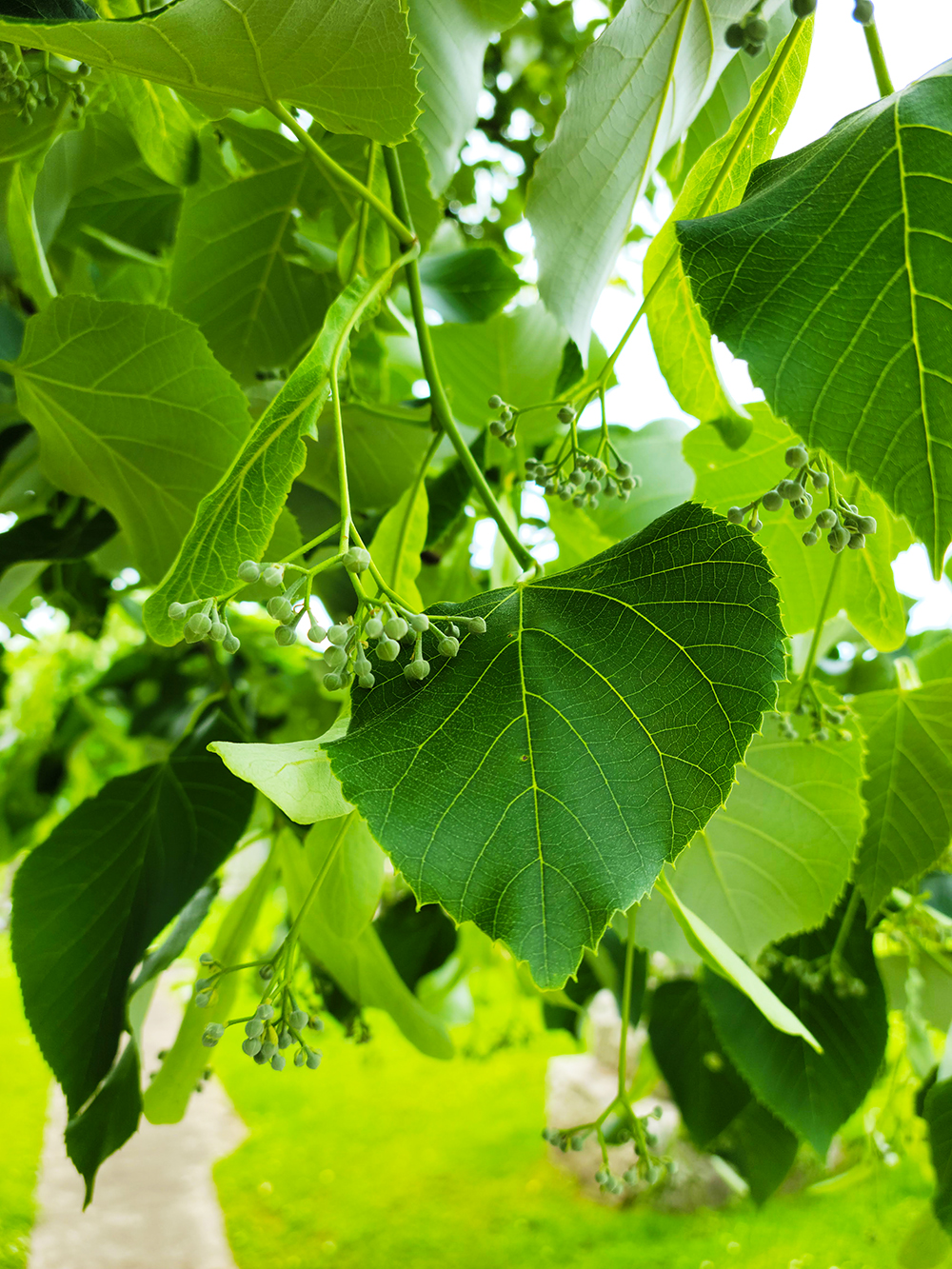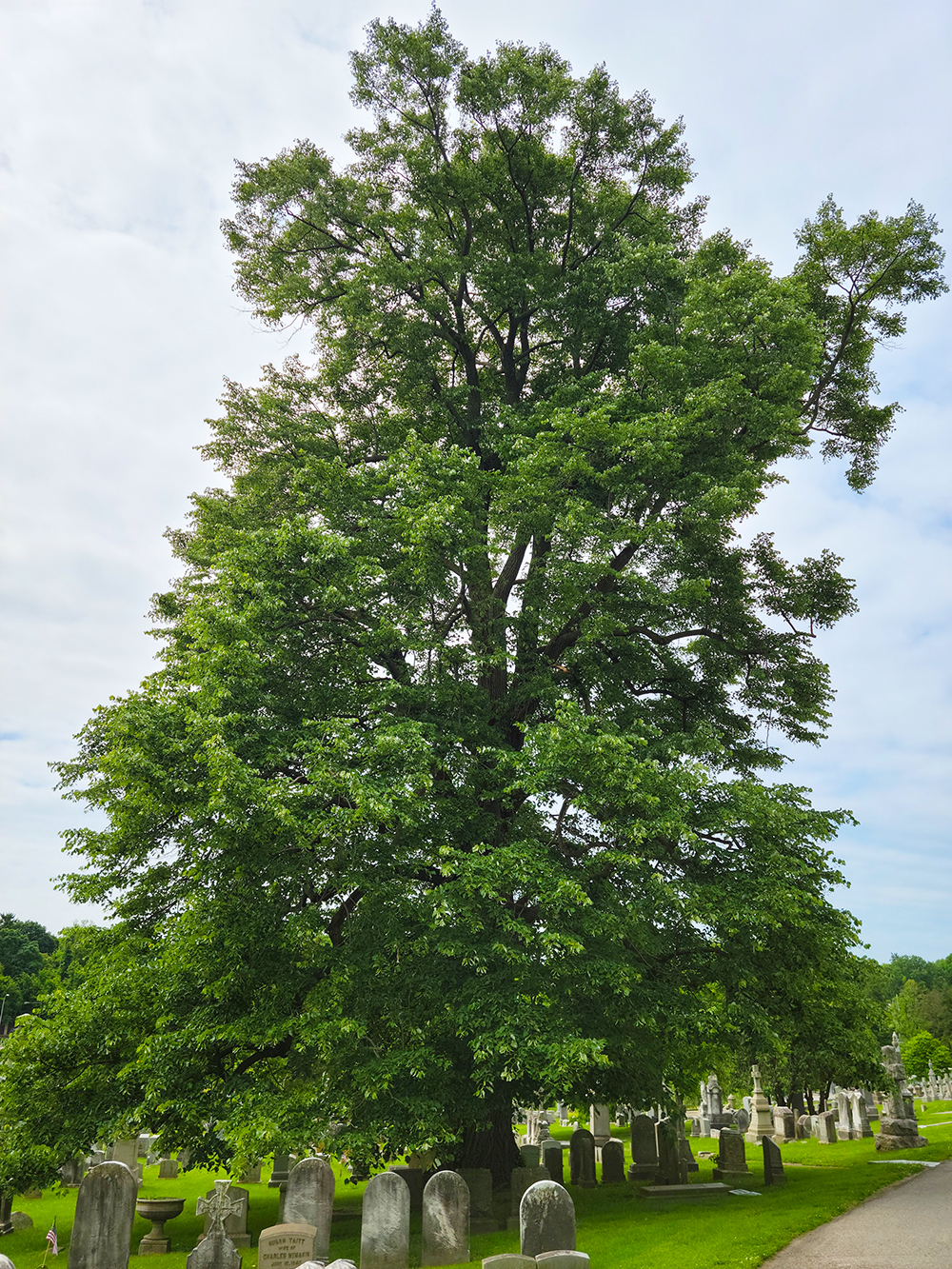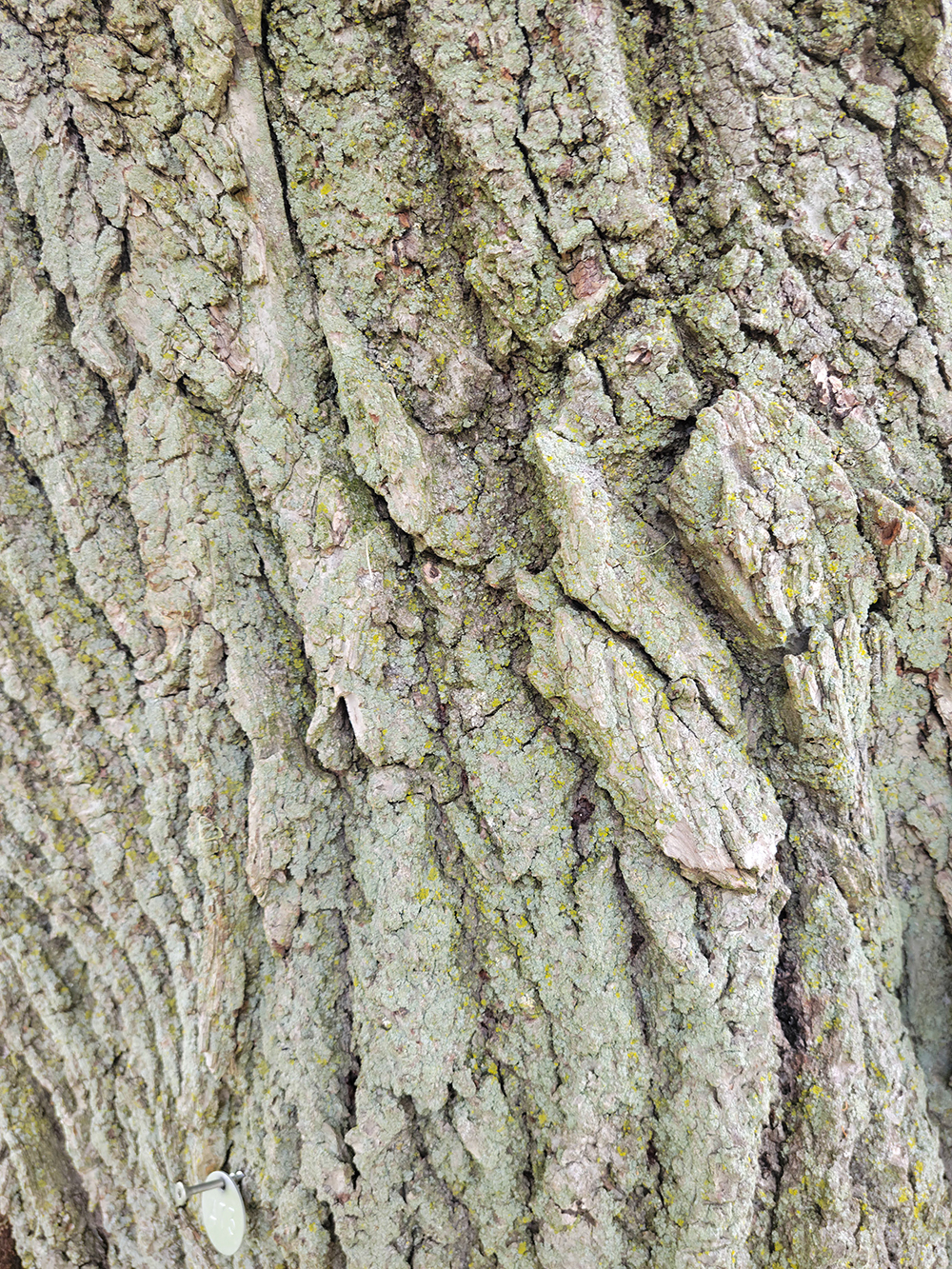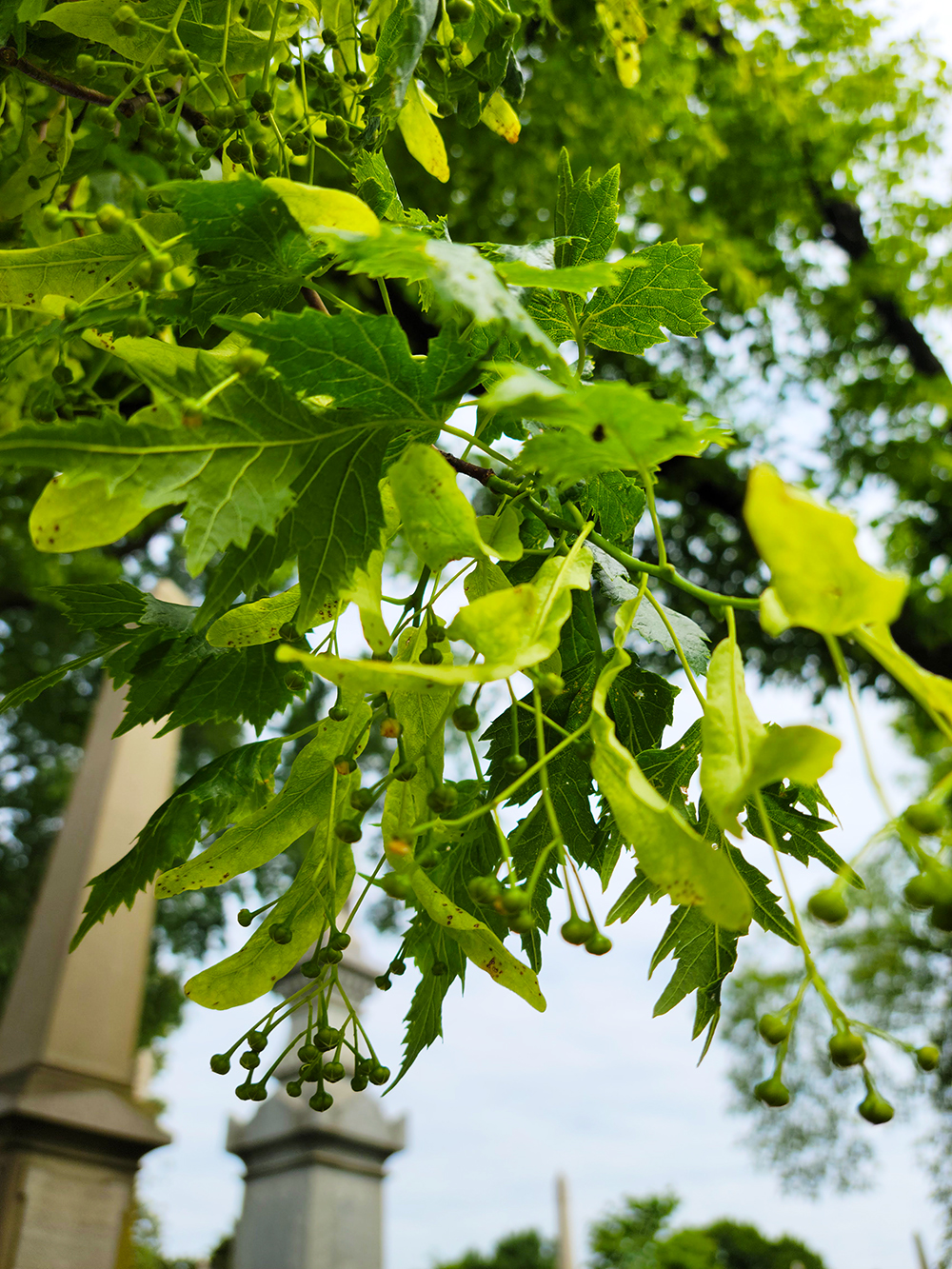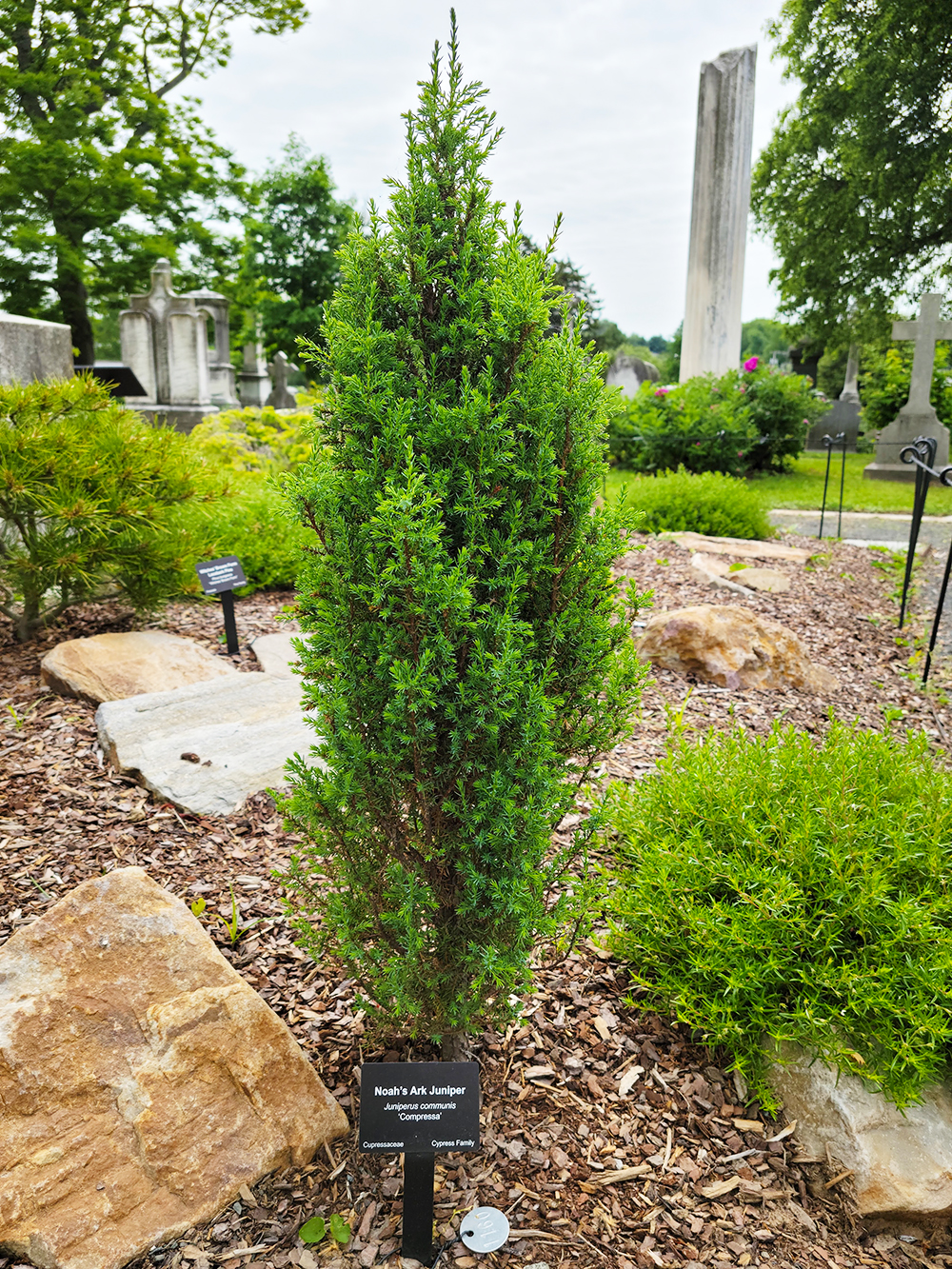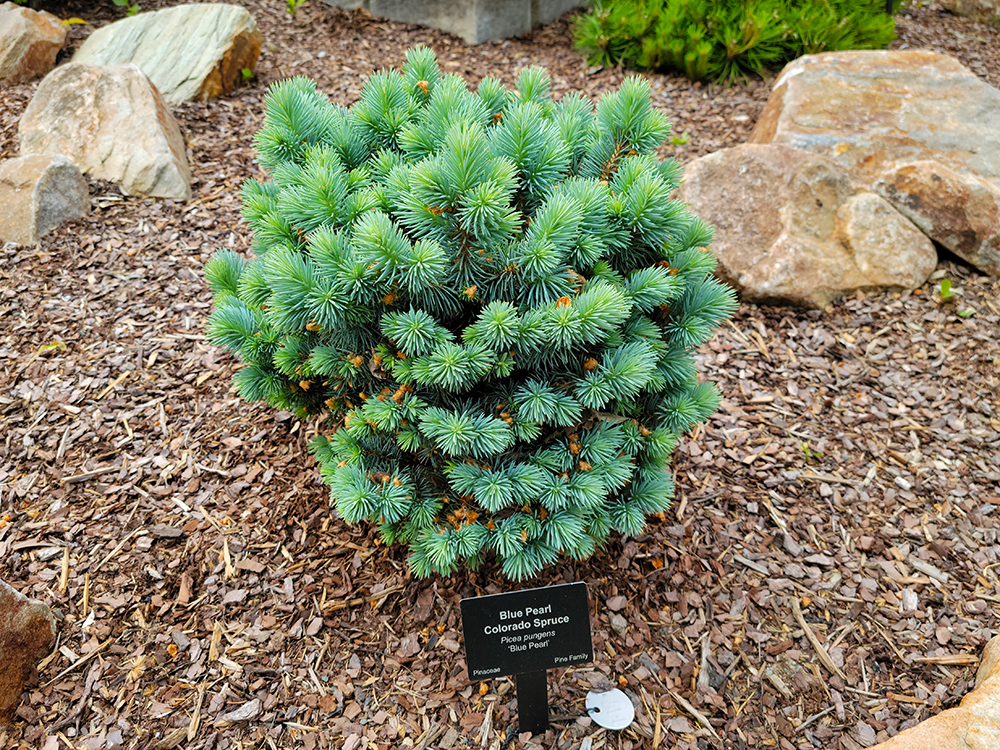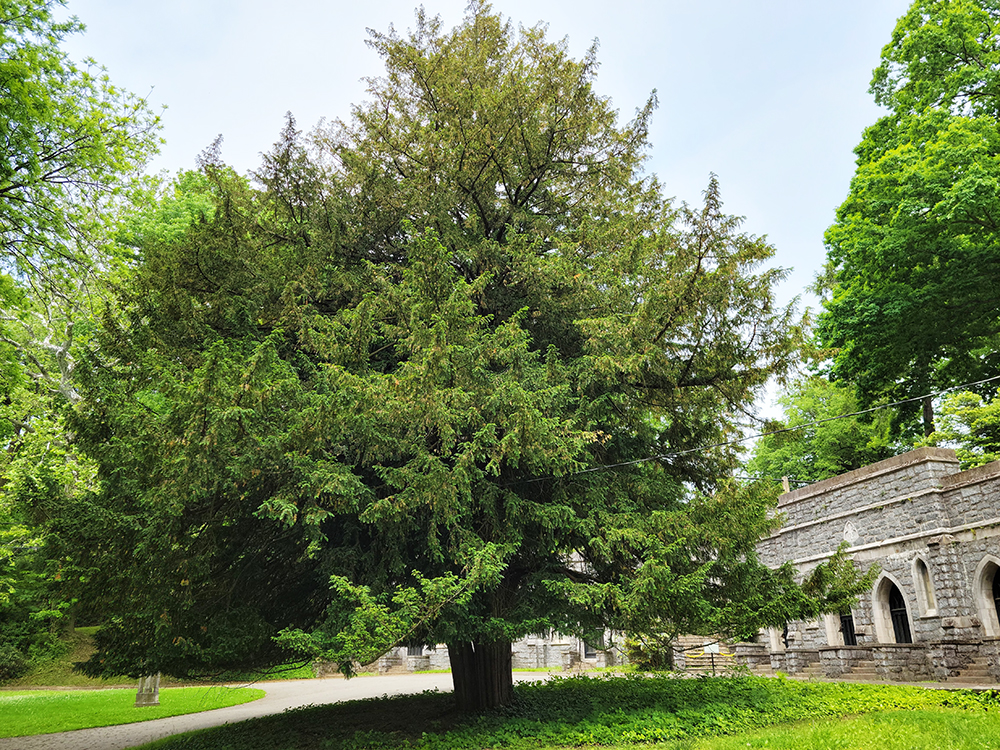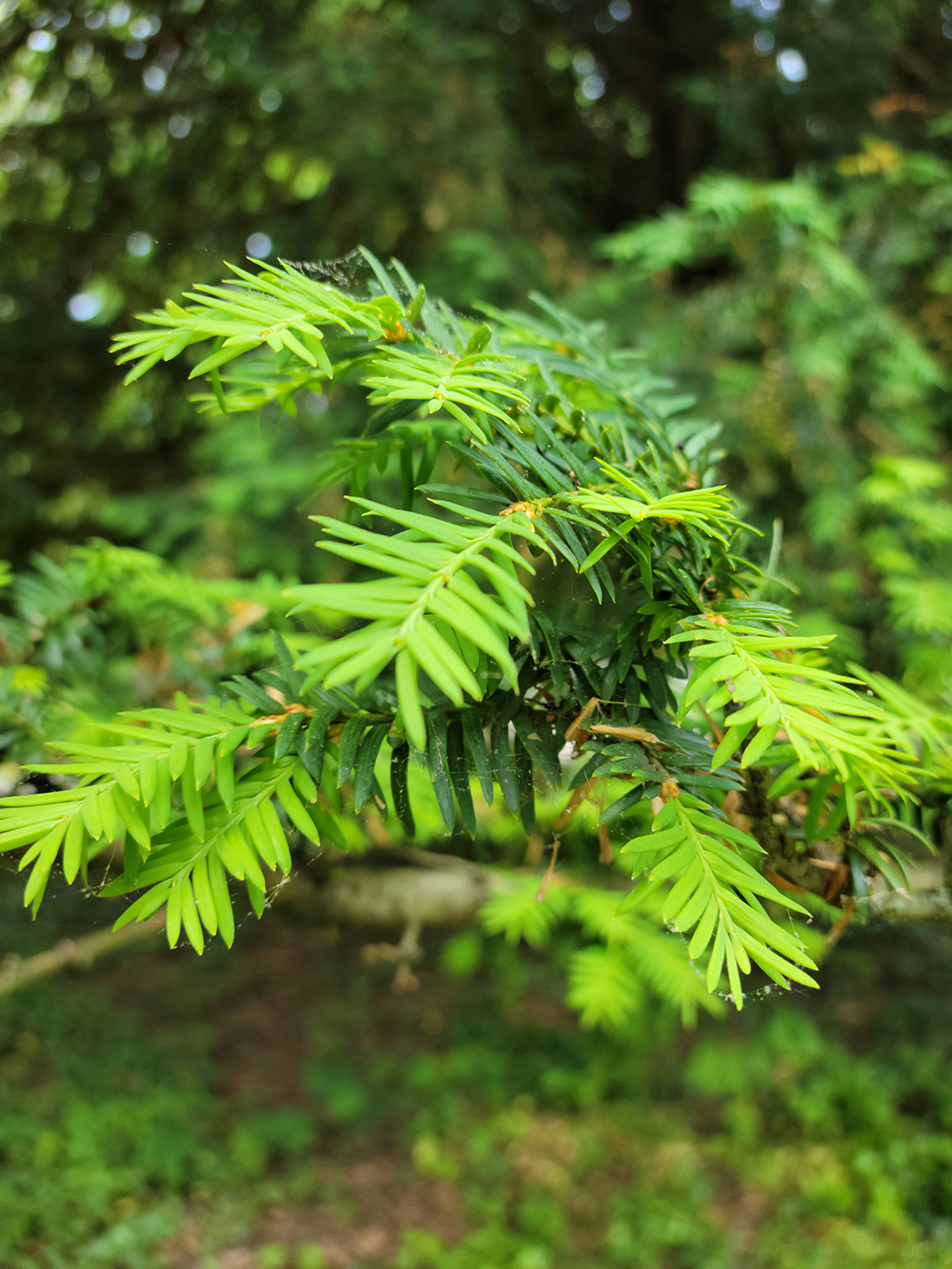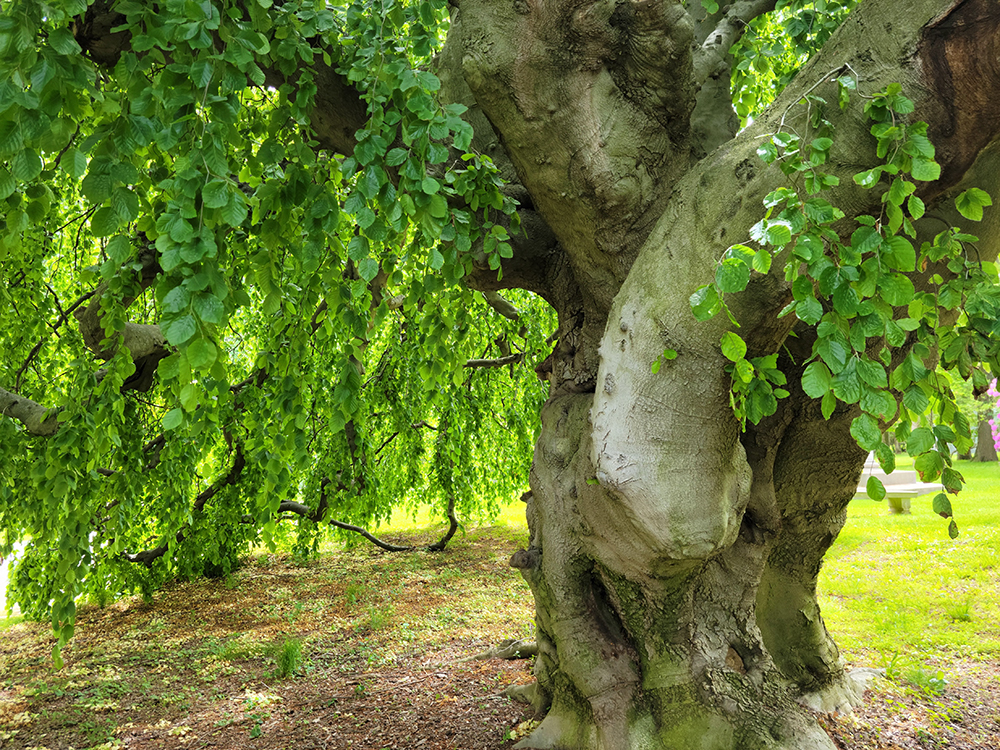Notable Trees
& Collection
Highlights

Explore our robust collection of champion trees and other notable botanic wonders.
Oops! Looks like nothing was found with this search.
American linden
Tilia americana
Laurel Hill East (Section Q)•Tag 475
American basswood, or American linden, is a native tree with great value for wildlife – its flowers are full of nectars for bees, its leaves are food for deer and butterfly larva, and squirrels and chipmunks eat the seeds. This specimen tree is the largest in the state, and casts plenty of shade to enjoy on a hot summer day.
Tilia platyphyllos ‘Laciniata’
Laurel Hill East (Section T) •Tag 473
The Cutleaf bigleaf linden was selected for its irregularly-lobed leaves that appear to be cut or shredded. It is a rare tree to find in cultivation anywhere, and the cultivar is usually much smaller than a normal bigleaf linden. Nevertheless, our specimen is the second-largest bigleaf linden in the state and is surely the State Champion cut-leaf cultivar.
Various
Laurel Hill East (Medallion Garden/Shrubbery)•Tag
Laurel Hill East’s small garden features a collection of “dwarf” and “miniature” conifers. Unlike large coniferous trees and shrubs, dwarf conifers grow only 1-6 inches per year and miniature conifers grow less than 1 inch per year.
A dwarf conifer garden can showcase a varied collection of species and cultivars within a small area, with each slow-growing evergreen displaying year-round ornamental interest. Each selection featured at Laurel Hill East was chosen for its uniqueness, cold-hardiness, and ability to grow in the Philadelphia area.
This special garden was made possible by two generous grants from Ms. Laurie Marshall and The Philadelphia Committee of The Garden Club of America.
Taxus baccata
Laurel Hill West (Cypress Section)•Tag 1454
This enormous specimen of English yew is the largest Yew in Pennsylvania. This tree appears in photographs of the original farmstead, predating John Jay Smith’s purchase of the land for Laurel Hill West in 1869. The beauty of this giant set against the historic receiving vaults can be enjoyed all year long, but is especially beautiful in the winter covered in snow.
Fagus sylvatica Pendula
Laurel Hill West (Franconia Section)•Tag 2338
European beech are prominent woodland trees of central and southern Europe and have been bred ornamentally for a variety of forms and colors. including a spectacular weeping form.
On a small island of Laurel Hill West’s Franconia section is a state champion weeping European beech tree. What makes this tree so incredibly huge is the 15-foot girth of its trunk, measured below the lowest branch. The canopy of this weeping tree reaches to the ground forming a shady room in the summer. The smooth bark and twisting, contorted branches are equally beautiful throughout the winter. Enjoy this massive elephant-like tree all year round.
Weeping Japanese Pagoda-tree
Styphnolobium japonicum ‘Pendula’
Laurel Hill West (Merion Section)•Tag 758
This very unusual weeping form of the Japanese Pagoda-tree (also known as the Chinese scholar-tree) is a state champion tree in Pennsylvania. These cultivars were common in the first half of the 19th century, and this tree likely dates back to the original cemetery plantings.
